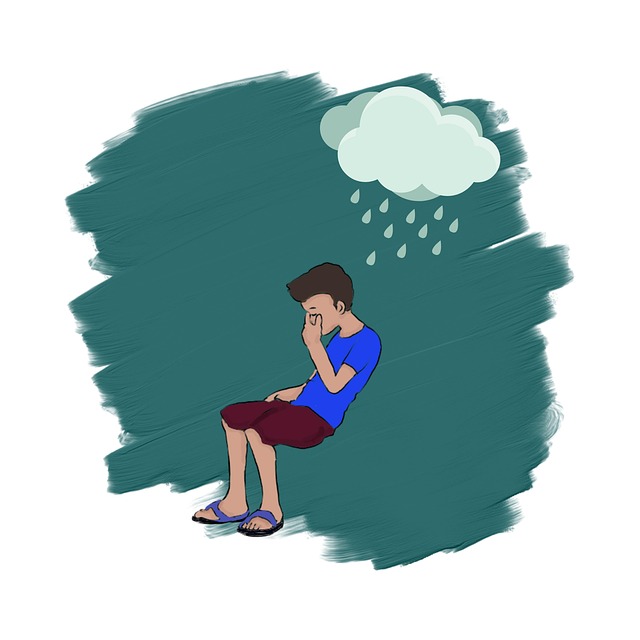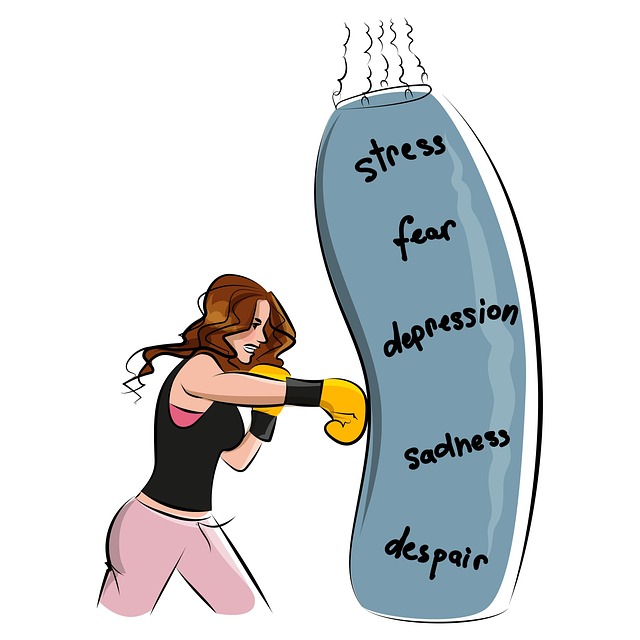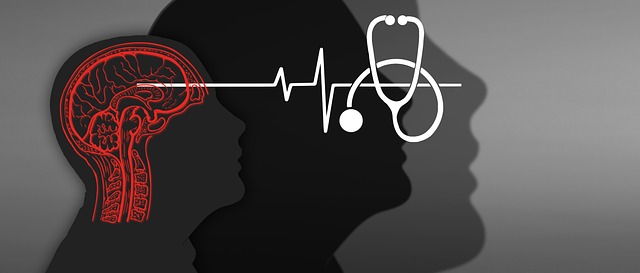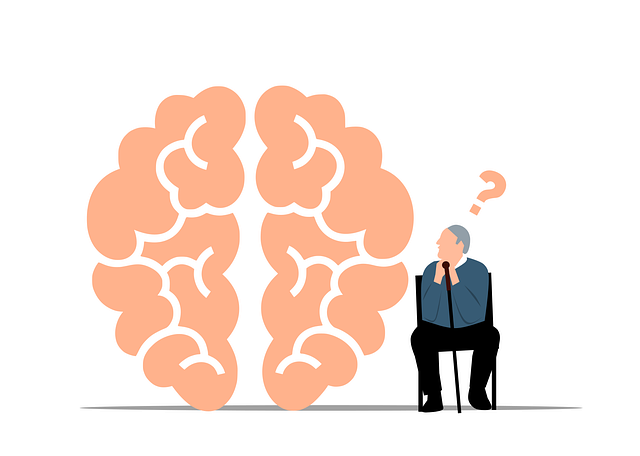Lone Tree Adolescent and Teen Therapy centers face the pressing issue of healthcare provider burnout head-on, implementing a multi-faceted strategy for prevention and mitigation. By prioritizing mental health awareness through education on behavioral changes, crisis intervention guidance, and public campaigns, they foster an environment that recognizes early signs of burnout. The clinic's proactive approach includes flexible scheduling, staff breaks, cultural sensitivity training, Social Skills Training, Communication Strategies, and regular Stress Management Workshops, all aimed at enhancing therapist well-being and improving treatment outcomes for adolescents. This comprehensive strategy not only builds resilience in therapists but also creates a more inclusive and supportive space for diverse clients, ultimately leading to better mental health outcomes.
In today’s demanding healthcare landscape, burnout among providers is a pressing issue. This article explores strategies proven effective in preventing burnout, using Lone Tree Adolescent and Teen Therapy as a case study. We delve into recognizing early signs and symptoms of burnout, examining how creating supportive environments can mitigate stress. Additionally, we discuss fostering resilience, empowering providers to thrive despite challenges faced at institutions like Lone Tree Adolescent and Teen Therapy.
- Recognizing Burnout in Healthcare Providers: Early Signs and Symptoms
- Strategies for Prevention: Creating a Supportive Environment at Lone Tree Adolescent and Teen Therapy
- Fostering Resiliency: Empowering Providers to Thrive in the Face of Stress
Recognizing Burnout in Healthcare Providers: Early Signs and Symptoms

Burnout among healthcare providers is a growing concern, often going unnoticed until it reaches advanced stages. Recognizing the early signs and symptoms is vital for both individuals and institutions, such as Lone Tree Adolescent and Teen Therapy centers, to implement effective prevention strategies. Mental Health Awareness initiatives should focus on educating professionals about the subtle changes in their behavior and well-being.
Healthcare providers may exhibit increased irritability or fatigue, leading to a decline in patient interaction quality. Crisis Intervention Guidance programs can play a pivotal role in equipping staff with tools to manage stress and prevent burnout. Public Awareness Campaigns Development targeting both medical professionals and the general public could further highlight the importance of early recognition, fostering an environment that prioritizes mental health and well-being.
Strategies for Prevention: Creating a Supportive Environment at Lone Tree Adolescent and Teen Therapy

Lone Tree Adolescent and Teen Therapy prioritizes burnout prevention through a multifaceted approach designed to foster a supportive environment. The practice recognizes that mental health professionals face unique challenges, particularly in adolescent therapy where complex emotions and behaviors are at play. To mitigate these pressures, Lone Tree AT&T implements strategies that promote work-life balance, such as flexible scheduling and regular staff breaks, ensuring therapists maintain their well-being outside of sessions.
Additionally, the clinic emphasizes cultural sensitivity in mental healthcare practice, addressing the diverse backgrounds of its clients. This approach not only enhances therapist empathy but also improves client outcomes, reducing the risk of burnout by creating a safer and more inclusive space. Through these initiatives, Lone Tree Adolescent and Teen Therapy aims to prevent burnout among its staff while providing effective anxiety relief strategies tailored to adolescents and teens through Mental Health Policy Analysis and Advocacy.
Fostering Resiliency: Empowering Providers to Thrive in the Face of Stress

Healthcare provider burnout is a growing concern, but fostering resilience can empower them to thrive in the face of stress. Lone Tree Adolescent and Teen Therapy offers valuable resources like Social Skills Training and Communication Strategies to enhance coping mechanisms. These programs help providers navigate challenging interactions while promoting better stress management.
By participating in regular Stress Management Workshops organized by such therapy centers, healthcare professionals learn effective communication strategies and build a support network. This holistic approach not only enhances their ability to manage stress but also improves patient care. Ultimately, these initiatives aim to create a more sustainable and fulfilling work environment for providers, mirroring the dedicated efforts of Lone Tree Adolescent and Teen Therapy in the broader healthcare community.
Healthcare provider burnout is a growing concern, but through proactive measures like those implemented at Lone Tree Adolescent and Teen Therapy, it can be effectively prevented. By creating supportive environments, fostering resilience, and recognizing early signs of burnout, we can empower our healthcare providers to thrive even in the face of stress. These strategies not only benefit individual therapists but also ensure the continuity and quality of care for the youth we serve.














